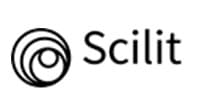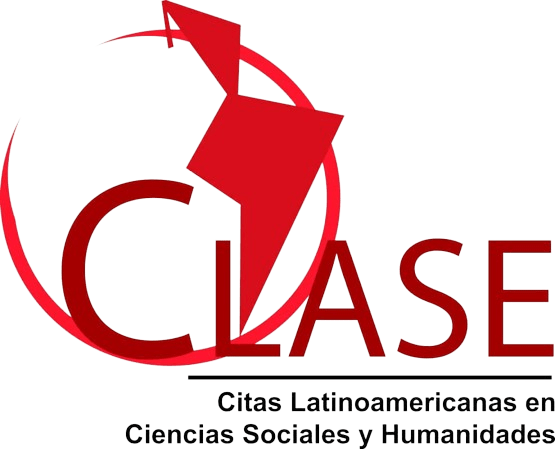Structural, Non-Structural and Functional Vulnerability Index of Tourist Use Buildings before Earthquakes and Tsunamis
Keywords:
Risk Management, Tourism, Structural vulnerability, Non-Structural vulnerability, Funcional vulnerability, Vulnerability IndexAbstract
In this article we show the methodology named Structural, Non-Structural and Functional Vulnerability Index of Tourist Use Buildings in Sismic and Tsunami, designed in the framework of the regional project DIPECHO XII, by commission of the National Bureau of Risk Management-Nicaragua (MNGR), in alliance with the National University of Engineering (UNI) and the National Chamber of Tourism (CANATUR). Simplified, the Tourism Vulnerability Index to Tsunamis and Earthquakes (IVT) has been designed as the average of three Sub Indices: Functional Vulnerability (SiVF), Structural Vulnerability (SiVE) and Non-Structural Vulnerability (SiVNE), using as Histogram calculation tool to evaluate the 3 types of Vulnerability, which are organized into components and subcomponents to which a Weighted Evaluation is applied, which is the result of the product of an assigned Scale or degree of vulnerability (Low, Medium or High) for a Weight of Importance established by experts in the field who were consulted. Finally, the values resulting from the Weighted Evaluation of the functional, structural and non-structural components are compared with a range of contrast that allows to define the levels of Vulnerability: Low, Medium and High.




















